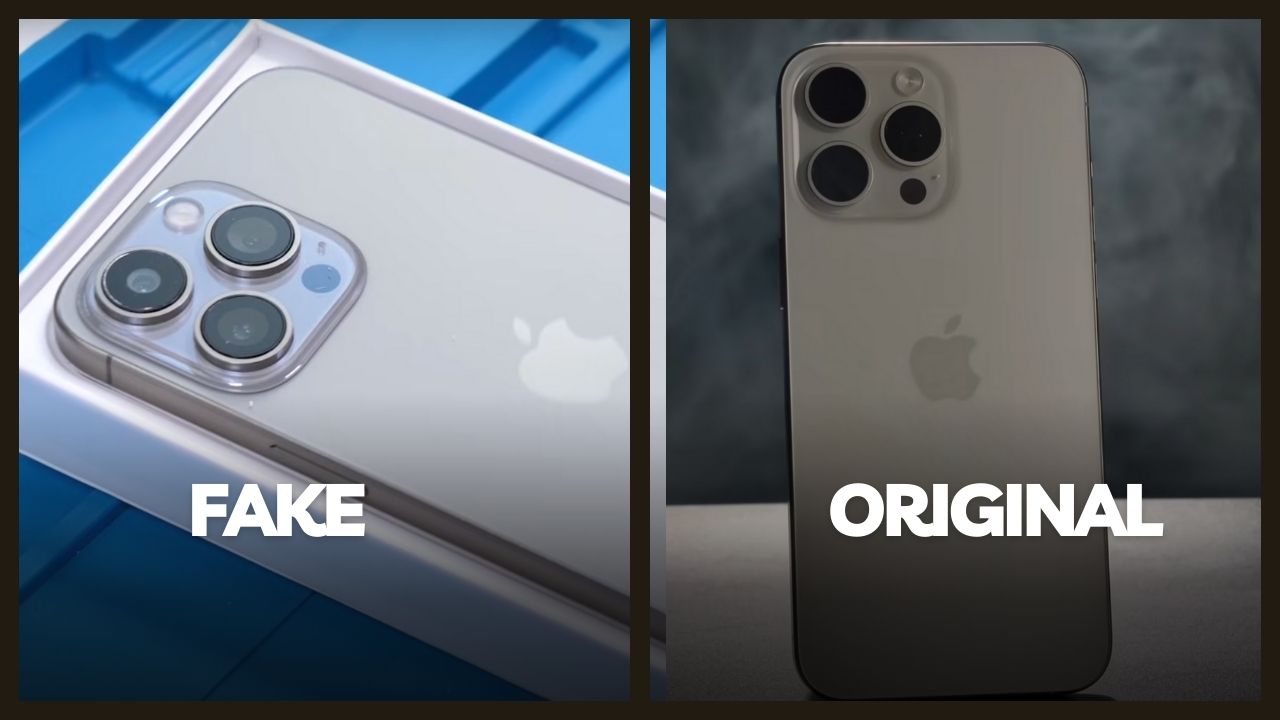Bambu Lab bills its latest 3D printer, the H2S, as its flagship personal manufacturing hub and a successor to the company’s X1 Carbon (X1C). It’s both faster and has a considerably larger build volume than the X1C does, plus it adds a new toolhead and a slew of other features and technologies to the mix. As you might expect, the H2S is priced higher than the X1C, but it brings a lot of value and still costs considerably less than the Bambu Lab H2D, a dual-extruder model that the company released earlier this year.
Although the H2S lacks the ability to print from two extruders, it’s compatible with Bambu Lab’s Automatic Material System (AMS) filament feeder. So you can still make prints with multiple materials and colors (though not as quickly or efficiently), and you can save nearly $1,000 compared with a similarly equipped H2D.
Bambu Lab’s Excellent Junior Models
In a column I wrote after Bambu Lab released the H2D, I noted that while that model has an impressive feature set—its dual-extruder design, which permits it to easily print with two filament types or colors at once, is especially noteworthy—it is not a great choice for most 3D-printing newbies. The H2D’s price is prohibitive for users whose need for it isn’t compelling. And for all its purported ease of use, it’s not for everyone. The H2D is geared mainly to makers, designers, and craftspeople who want to bring their creations to life, and shop owners who can make good use of it in short-run manufacturing. Artisans who buy such a machine, even if new to 3D printing, have a vested interest in mastering its operation and using its speed and filament-saving efficiency to their best advantage.
Unless a high-end dual-extruder printer is essential to your workflow, there are better ways to get started in 3D printing than the H2D. One great way to learn about 3D printing technology is with an open-frame model, where you may have to piece parts together, and you’ll get to see the extruder, motors, belts, and other components in action.
We have reviewed two such open-frame Bambu Lab 3D printers, the Bambu Lab A1 and the A1 Mini (shown below), and we were impressed enough to name each of them an Editors’ Choice winner. Both are moderately priced open-frame machines, and both offer accessories for four-color 3D printing; the accessory holds four spools of different colors and can feed filament to the printer from any of them, depending on the object being printed.
(Credit: Ted Needleman)
Because these printers each have only one extruder, they can only accept filament from one spool at a time, and the extruder must be purged of the previous filament color before it can print with a new one. This loading and unloading of filament can produce considerable plastic waste. That said, the A1 and A1 Mini can still print with multiple filament colors and/or types; even though the process is automated, it just isn’t as quick or efficient an experience as with a dual-extruder model like the Bambu H2D.

Get Our Best Stories!
Your Daily Dose of Our Top Tech News

By clicking Sign Me Up, you confirm you are 16+ and agree to our Terms of Use and Privacy Policy.
Thanks for signing up!
Your subscription has been confirmed. Keep an eye on your inbox!
Bambu Lab H2S: Jumbo Prints on the Way
A closed-frame, single-extruder model is an optimal design for many users. To that end, the Bambu Lab H2S has arrived as heir to the X1C, boasting, among other advances, a substantially larger print area and a retooled toolhead with greater extrusion force, multiple sensors for precision placement, and a quick-swap nozzle. With its high-temperature extruder, it is capable of printing with a variety of filament types.
The H2S has a large frame, measuring 19.4 by 20.2 by 24.6 inches, and weighs in at 66 pounds. It has a larger build volume than many of its peers, at 13.4 by 12.6 by 13.4 inches, which is substantially bigger than the Qidi Plus 4, Prusa Core One, and Bambu Labs’ own X1C, whose build volume is a relatively puny 10.1 by 10.1 by 10.1 inches. (Bambu currently sells the X1C for $799.)
Pricing for the H2S is $1,249 for the base model (shown in photo below at right), $1,499 bundled with the AMS feeder (shown at the top of both printers in the photo below), and $2,099 with the addition of a 10W laser cutter (shown below at left) in addition to the AMS.
Recommended by Our Editors

(Credit: Bambu Lab)
For comparison, the H2D starts at $1,999, comes to $2,299 when bundled with the AMS, and totals $2,899 with the 10W laser cutter tacked on. (Bambu also offers an H2D version with a 40W laser cutter—an option that isn’t offered with the H2S—for $3,649.) Apart from having a single extruder, as opposed to the H2D’s dual-extruder design, many of the H2S’s specs are pretty much the same as the H2D’s.
When paired with Bambu’s AMS feeder, which holds four spools, the H2S operates under the same general principles as the A1 models in its process of feeding the different filaments in turn if you’re printing a multicolor object or one with multiple filament types. Sure, it would be nice to do one’s color printing using dual extruders, but is the H2D worth the $800 price difference between it and the H2S? For manufacturers and others for whom print speed, efficiency, and materials conservation are paramount, the answer is likely yes, but it may not be for users who aren’t operating under time and deadline pressure or have cost constraints.
We look forward to getting a Bambu Lab H2S in for a PCMag review and putting it through its paces—it is only through our rigorous testing that we can fairly evaluate and rate 3D printers and other products we cover. Still, based on the printer’s specs and our knowledge of its features, it has the potential to be a big winner. The H2S is priced a bit higher than some of its competitors, so the onus will be on it to prove its excellence if it is to win an Editors’ Choice award. That said, while not a budget model by any means, the H2S should be a good fit for a wider range of users than the Bambu H2D, a powerhouse 3D printer with an out-of-sight price.


Print on Cookies! Hands On With Eddie, The Edible Ink Printer
About Tony Hoffman
Senior Writer, Hardware








